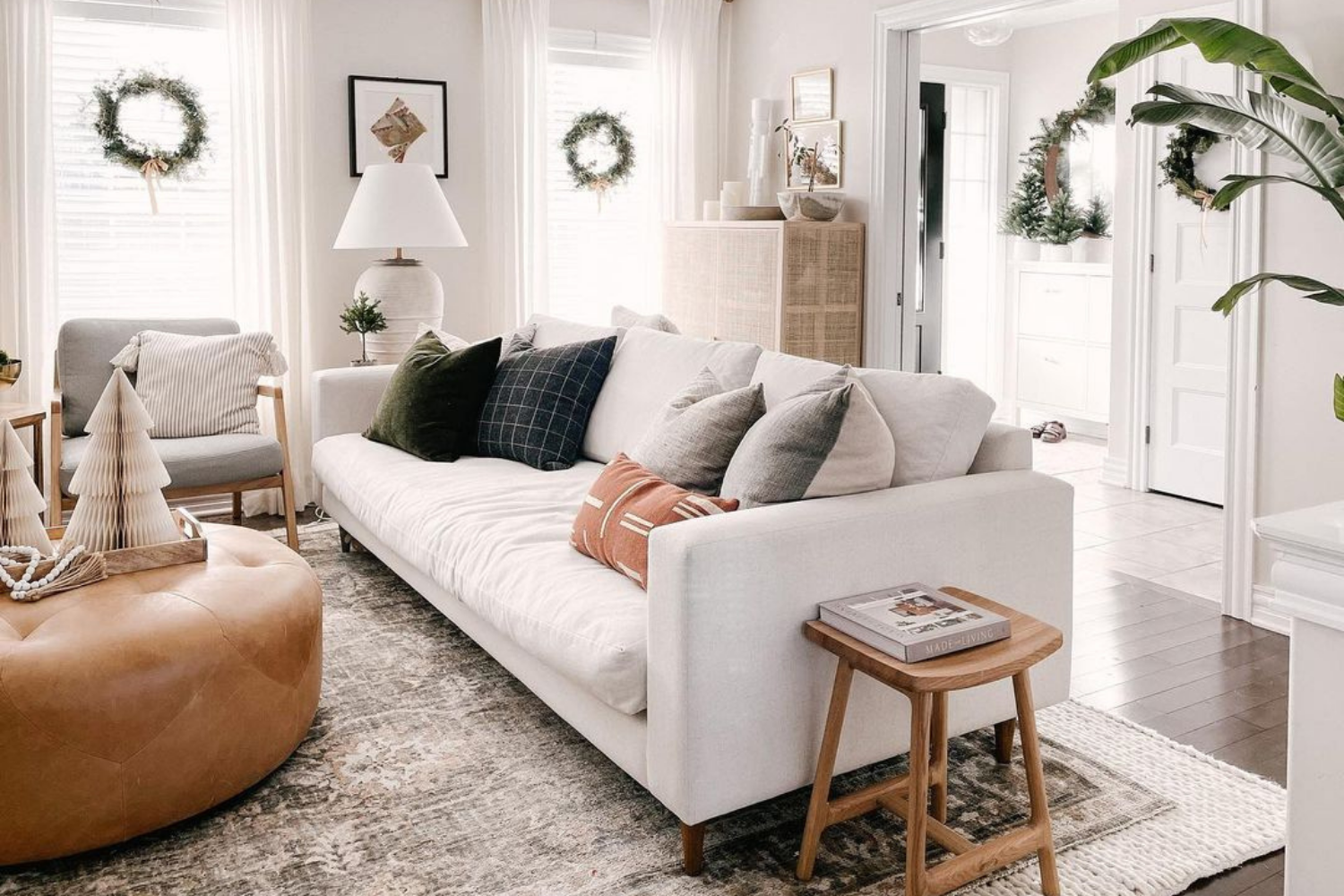
How to Tell the Difference Between Modern and Contemporary Design
Many of us use the phrases: "modern design" and "contemporary design" interchangeably—but they don’t actually mean the same thing. Modern design refers to a specific design movement, the Modernist movement, which dates back to the late 1800s and early 1900s.
Contemporary design is a more general term, referring to styles of the present and future.
“Modern design refers to a movement that began in the early-20th century and lasted through the post-war era,” Alessandra Wood, design historian and Vice President of Style at Modsy, says. “Contemporary design, on the other hand, is a term used to describe a new interpretation of the modern movement. This style first blossomed in the 1980s and 1990s.”
Both styles tend to be pretty minimal, but where modern design is about function and accessibility, contemporary design is freer with its bright colors, chunky shapes, and sleek materials. These are just some of the ways you can tell the design styles apart.:max_bytes(150000):strip_icc():format(webp)/bedroom-styles-3-amy-bartlam-1e1ff2fcf9264912ba94162bfab58442.png)
What Is the Difference Between Modern and Contemporary Design?
The biggest difference between modern and contemporary design? Modern design references a specific design movement, whereas contemporary design is a more general term describing what's on-trend now. But, the styles also look different. While both appreciate minimalism, clean lines, and well-defined shapes, contemporary design feels much colder and starker than modern design.
Modern Design nods to the Modernist movement, which began in the late 1800s.1 The design movement was incredibly practical: it favored functional furniture, embraced clean lines, and kept unnecessary decoration to a minimum.
Some hallmarks of modern design include:
- Clean lines
- Sleek shapes
- Accessible materials (like fiberglass and plywood)
- Restrained palettes
- Natural accents
- Tapered furniture legs
:max_bytes(150000):strip_icc():format(webp)/home-office-decor-ideas-6-ashley-montgomery-design-the-glen-16e9c32c3dfc4aec8959290f2b96930e.png)
How to Make Your Home Look More Modern
Tip 1: Put Function First
Modern design is chiefly practical, so design with function in mind. Consider how you like to use your space and what furniture you need. Then, stock up on sleek pieces that get the job done.
Tip 2: Favor Accessible Materials
Modern design was made for the masses, so it favored materials that were budget-friendly and easy to manufacture. “Modern design often uses materials that allowed for industrial manufacture at the time—for example, tubular steel, fiberglass, and plywood,” Wood says. Score a plywood table and some fiberglass chairs, and you’ll be well on your way to a modern space.
Tip 3: Snag Some Classic Modern Furniture
There are some modern design classics you can still buy today. “I love to integrate iconic pieces, such as chairs or lighting, into a space to create a moment of drama,” Wood says.
And Aaron Taber, principal designer at Retro Interiors, agrees. “I love incorporating classically styled furnishings from Knoll and Le Corbusier," he says.
Taber says he also looks for classically modern pieces, like credenzas with clean slab doors, kidney-shaped coffee tables, and square-line sofas. Even if these pieces don’t come from an iconic brand, they’re still recognizably modern.
Tip 4: Keep Décor to a Minimum
Known for its clean lines and sleek silhouettes, modern design is pretty minimal. So when in doubt, declutter.
“Pare back and edit out pieces,” Ginger Curtis, owner and principal designer at Urbanology Designs, says. “The modern style really calls for the use of negative space.”
:max_bytes(150000):strip_icc():format(webp)/industrial-style-living-rooms-10-katie-martinez-melody-lane2-2b56ac7cb8d842cb844ba385b4c446c6.png)
What Is Contemporary Design?
Since “contemporary design” refers to the style du jour, its definition is always changing. But right now, we use the term to refer to an updated take on modern design.
“While contemporary design is ever-changing, it is currently a style that incorporates a lot of smooth, sleek finishes and materials,” Curtis says.
Some hallmarks of contemporary design include:
- Clean lines
- Chunky or quirky shapes
- Sleek, industrial materials (like steel and glass)
- Stark colors
- Low-slung furnitue
:max_bytes(150000):strip_icc():format(webp)/bedroom-styles-14-sire-design-bellini-606574df01004d668ca49de017a8c70b.jpeg)
How to Make Your Home Look More Contemporary
Tip 1: Snag a Low-Slung Sofa
Low-slung furniture—furniture that sits on the ground or hovers just above it—is a favorite among contemporary designers. So one easy way to make your space feel contemporary? Snag a low-slung sofa.
Tip 2: Pick a Stark Palette
Contemporary design goes all-in on color, so set the scene with a high-contrast color scheme. Pair a bold black with a crisp white, and throw in a stark pop of color with a bright red or a lively yellow.
Tip 3: Add Sleek Finishing Touches
Contemporary design is known for its sleek, industrial materials, so stock up on furniture that feels sturdy but smooth. Then, bring your space together with “metal finishes—especially silver, nickel, and steel,” Curtis says.
Tip 4: Keep Your Space Clean and Minimal
Like modern design, contemporary design is minimal and pared down. So embrace negative space as you decorate. “Go minimal,” Curtis says. “Think: sleek, new, and sparse.”:max_bytes(150000):strip_icc():format(webp)/kitchen-backsplash-ideas-23-katie-martinez-melody-0c0b0f338c30407791d72545c9b07086.png)
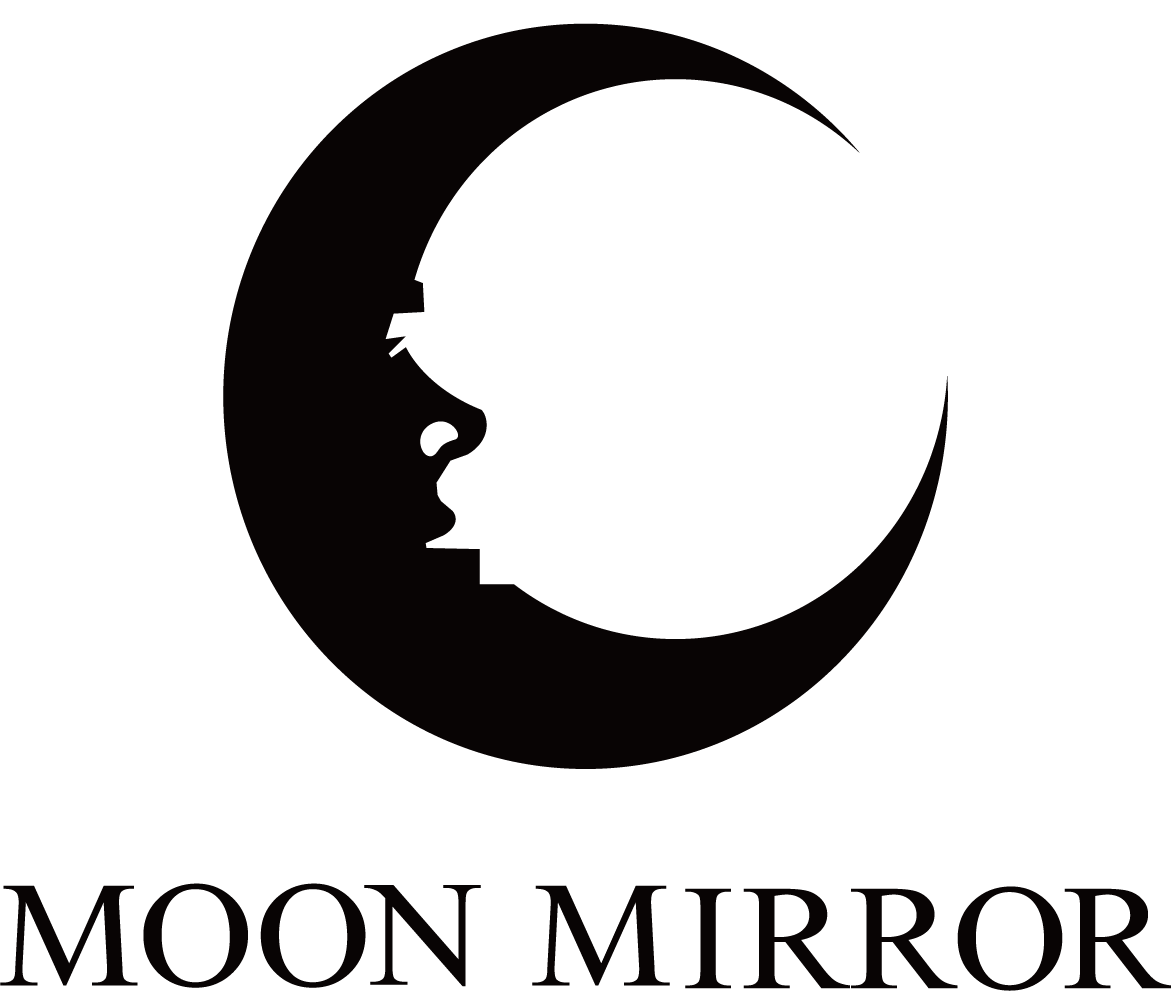
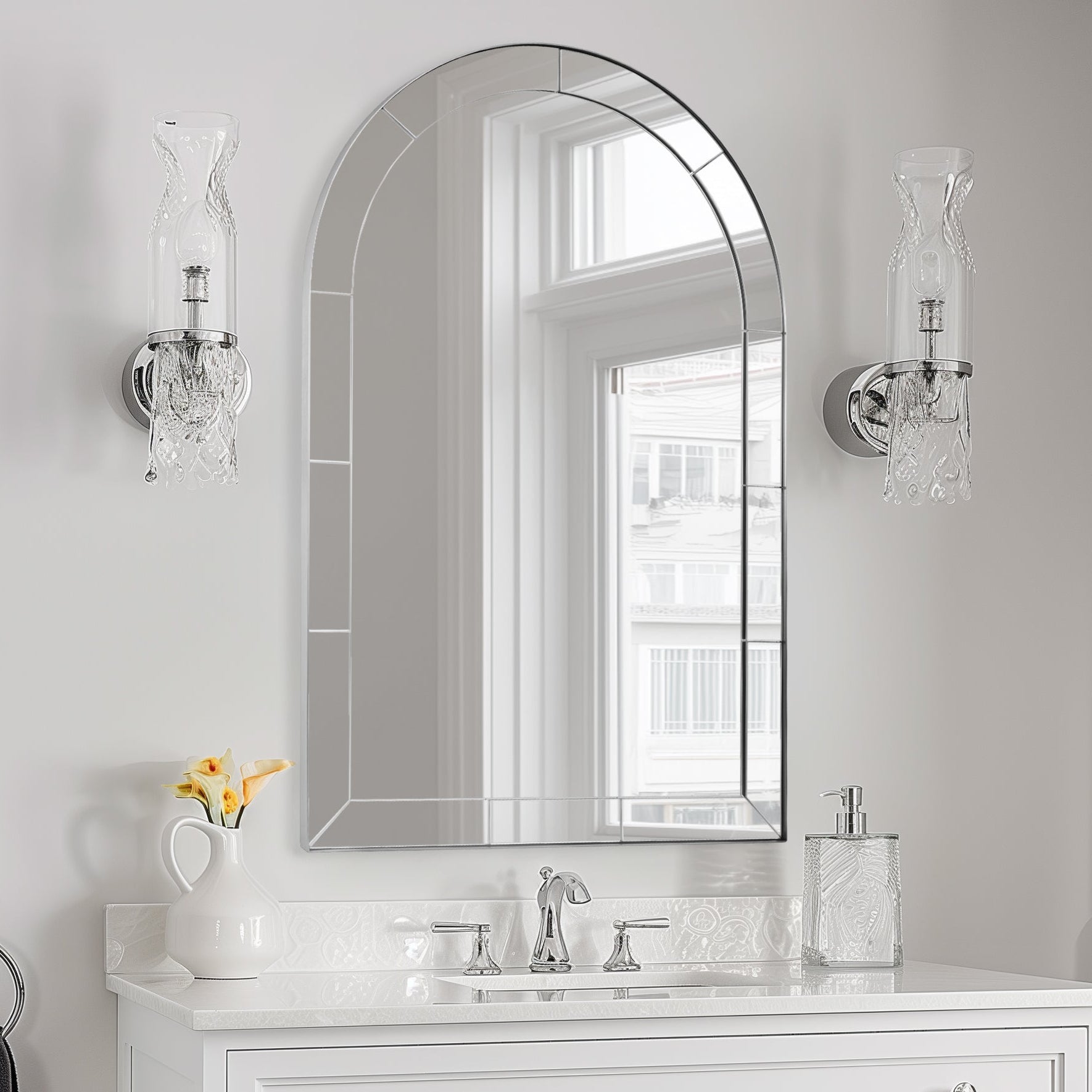





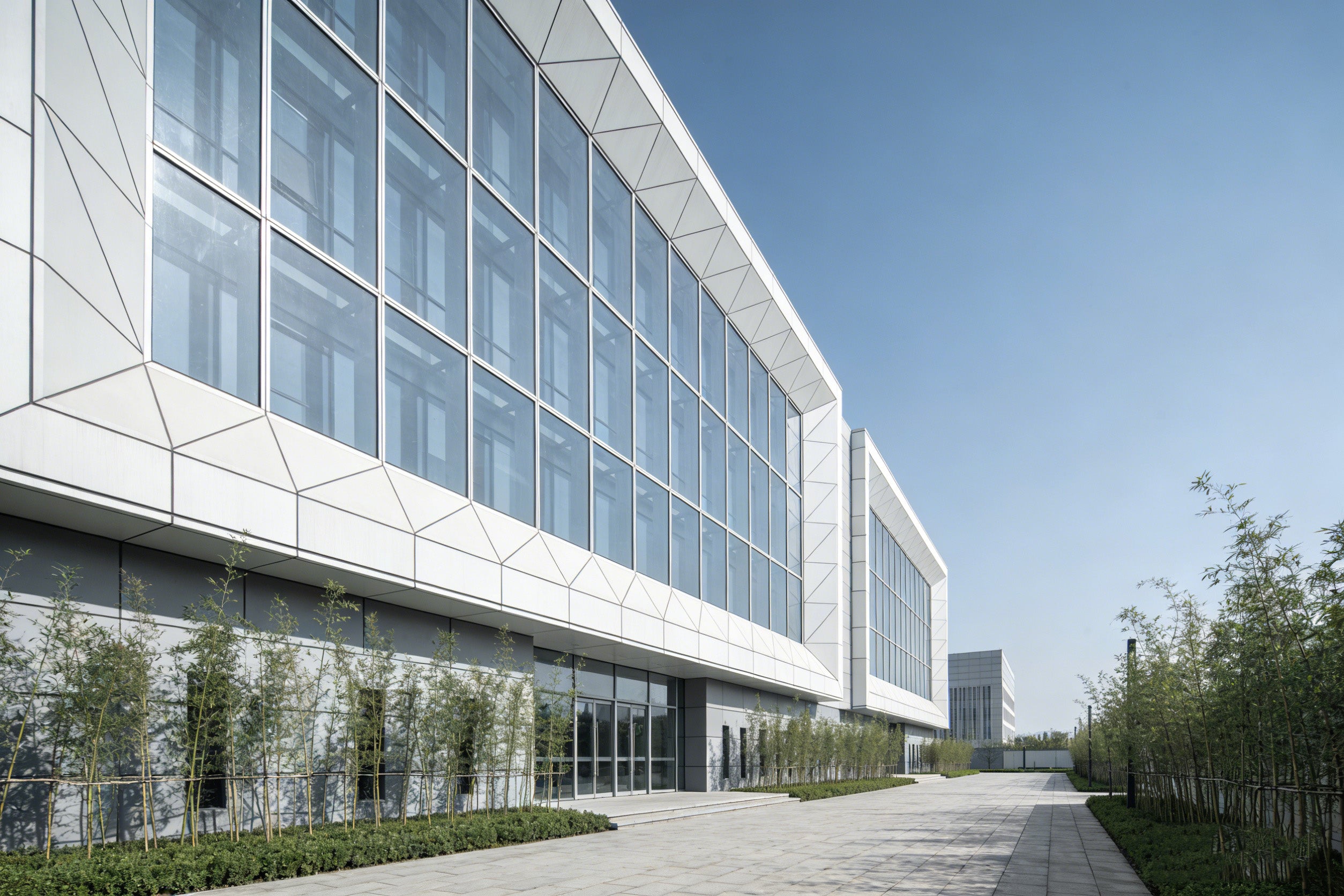
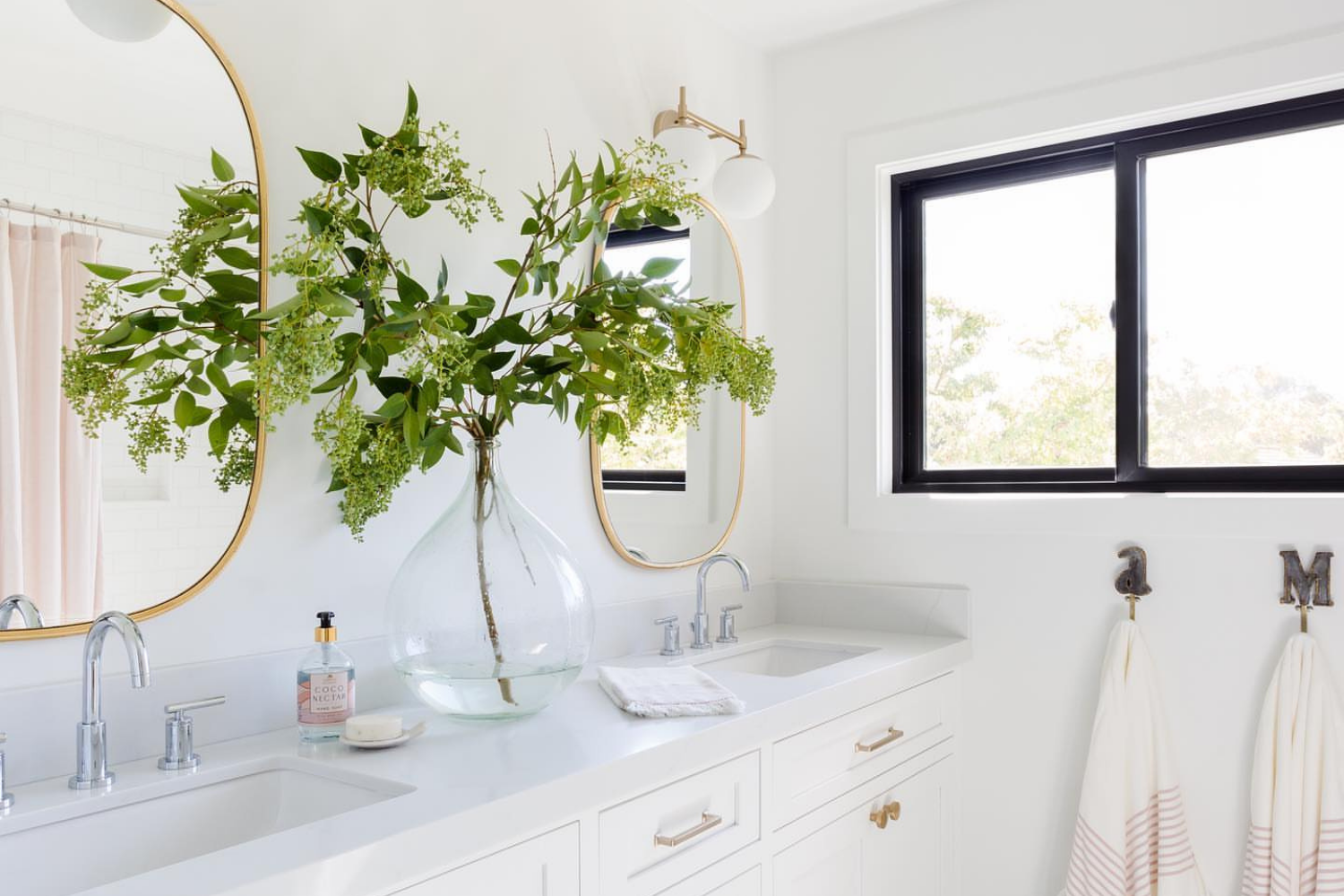
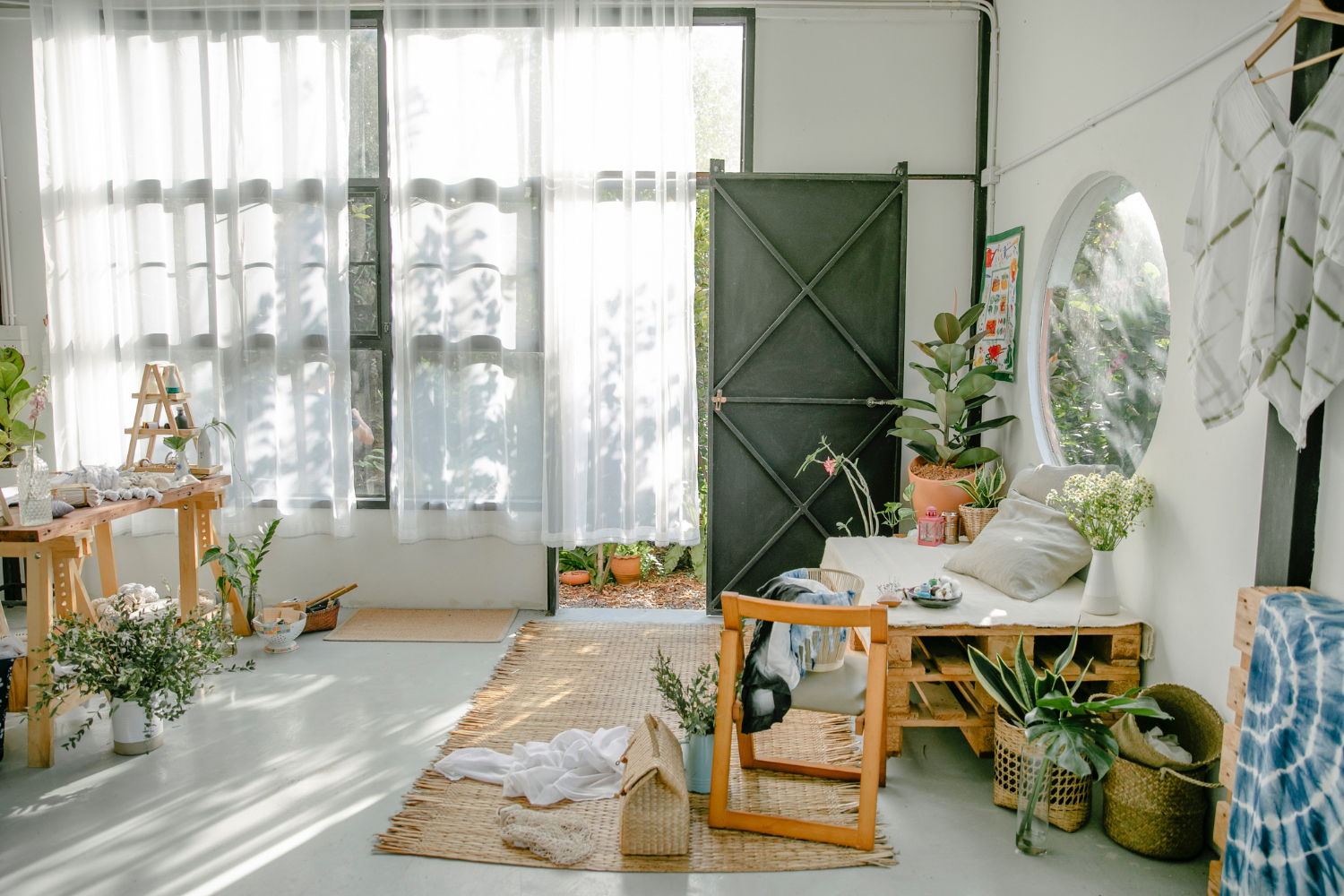











Laisser un commentaire
Ce site est protégé par hCaptcha, et la Politique de confidentialité et les Conditions de service de hCaptcha s’appliquent.